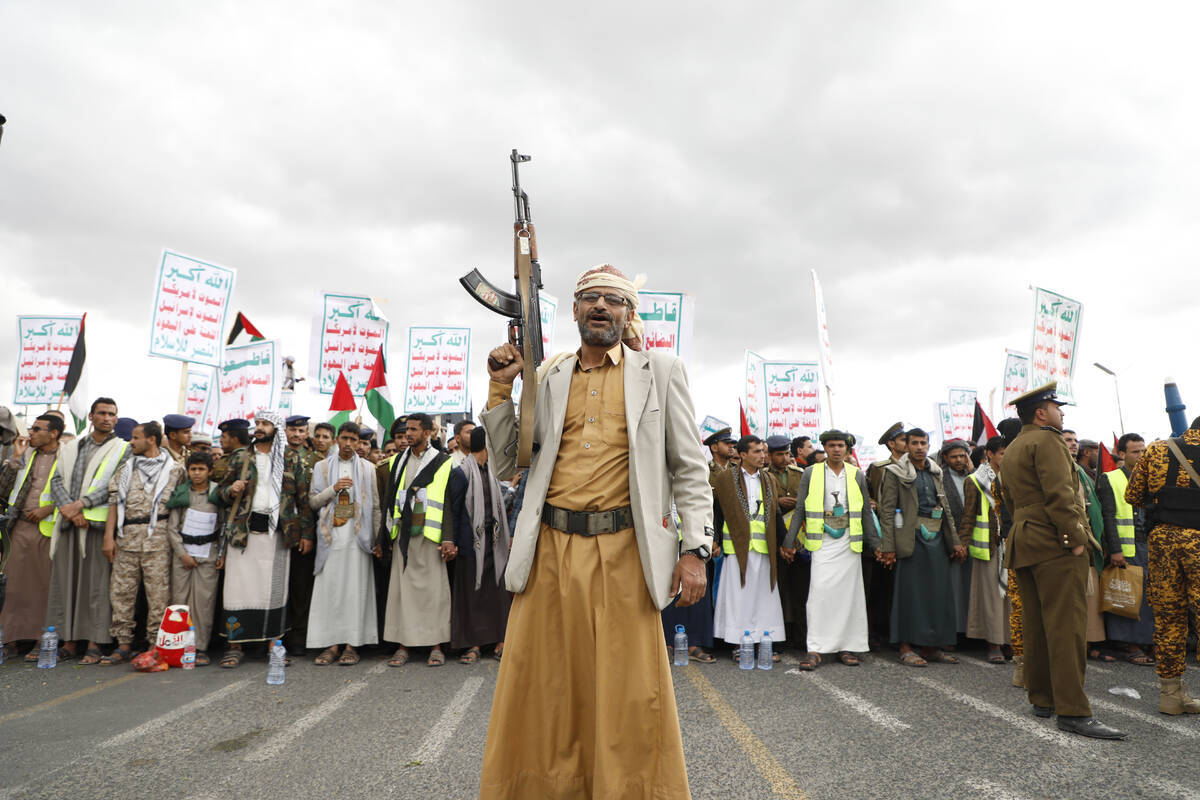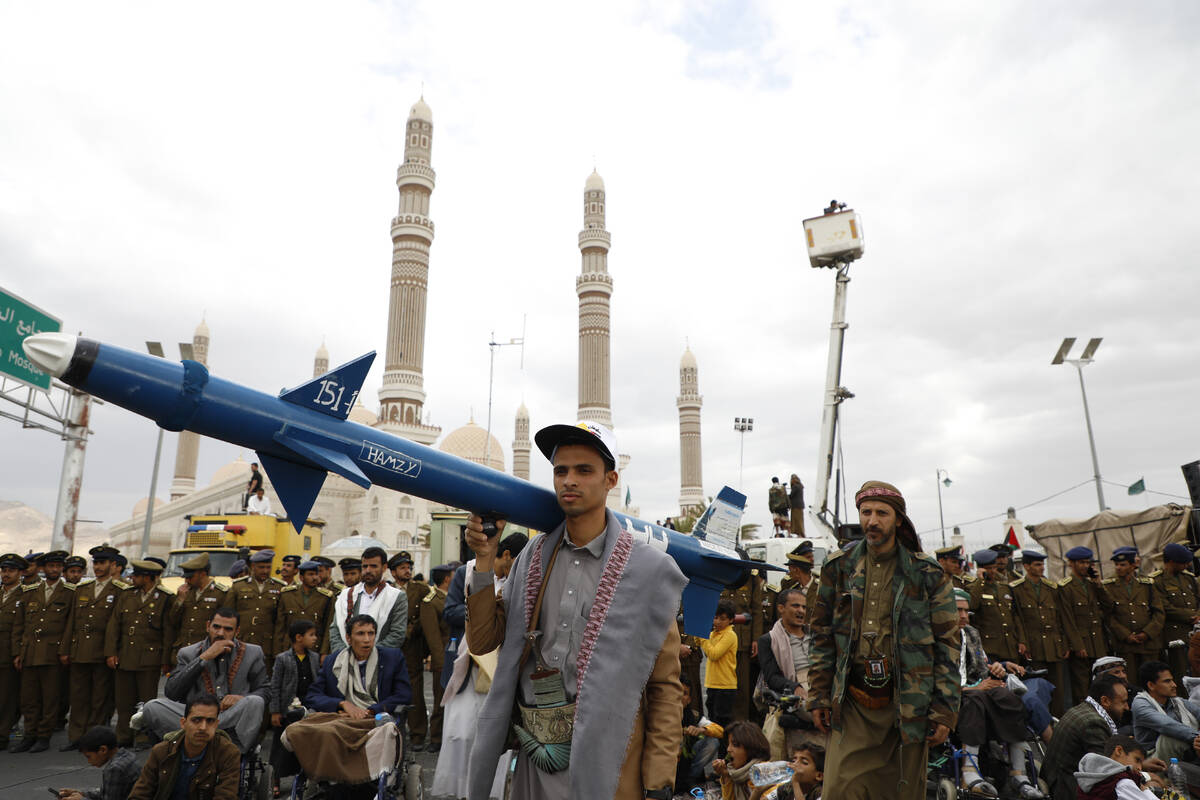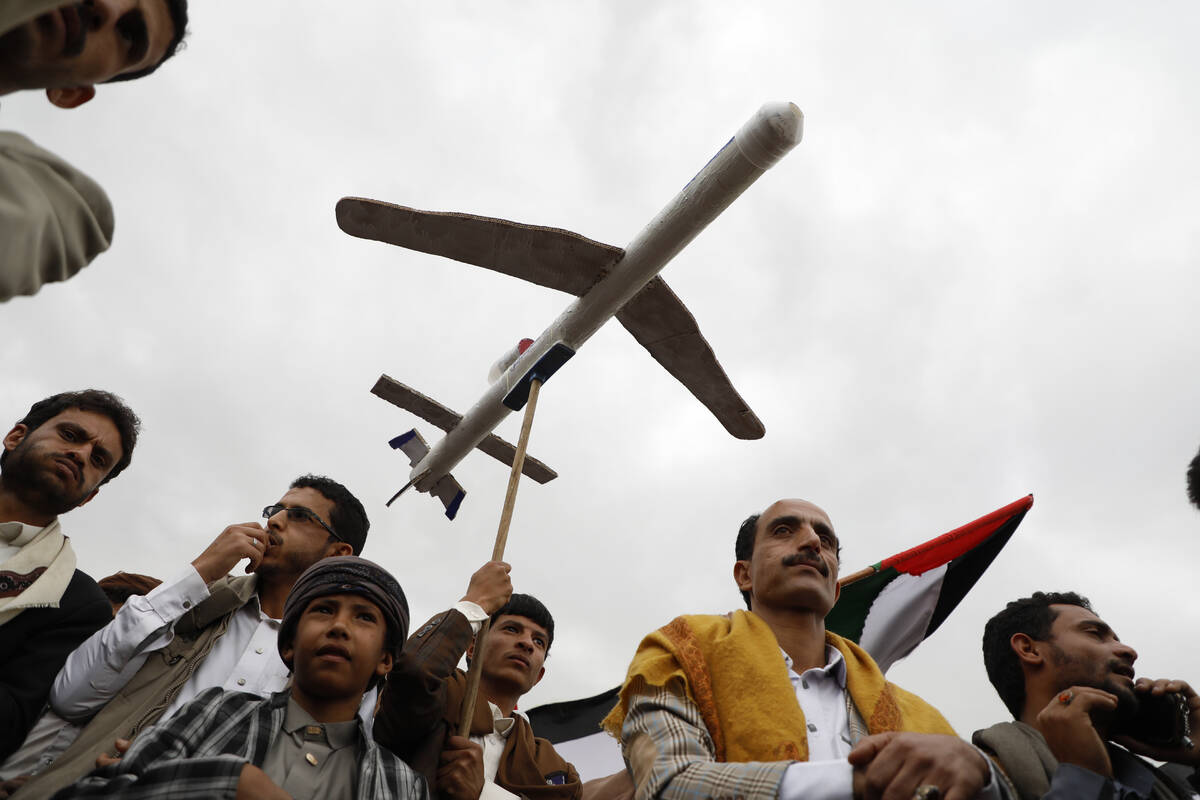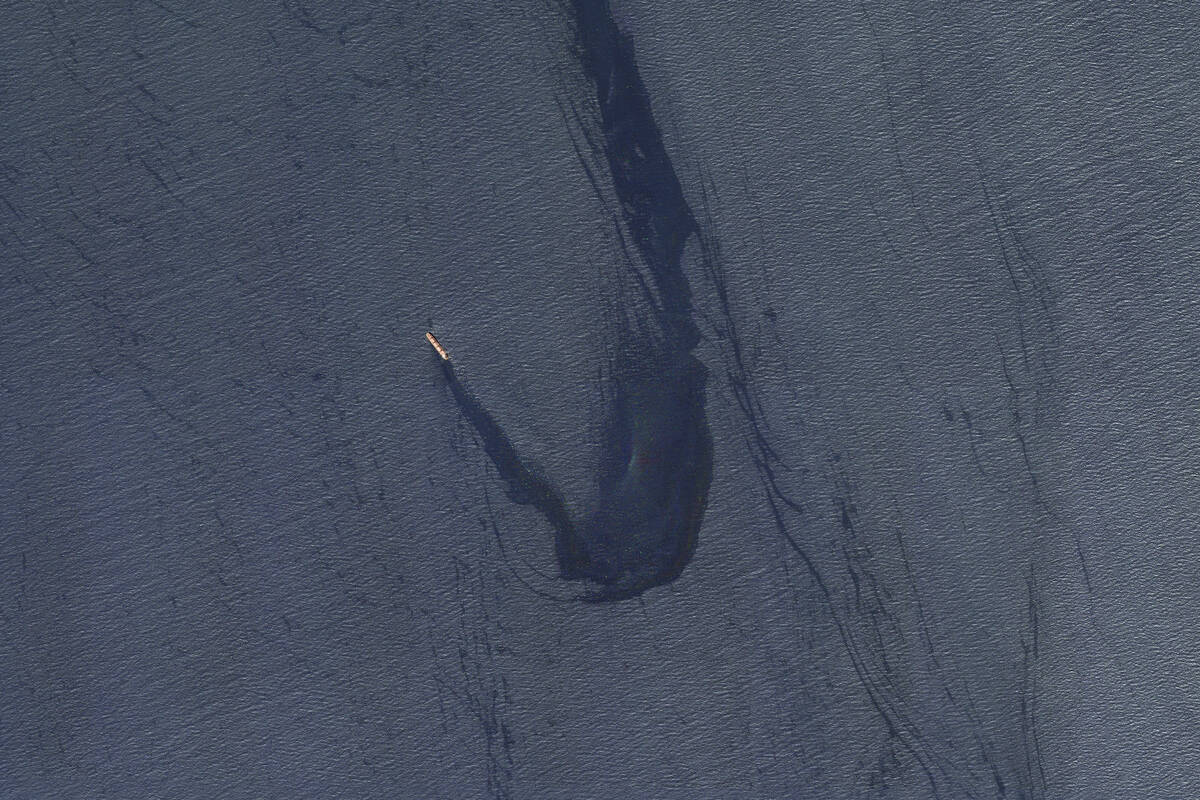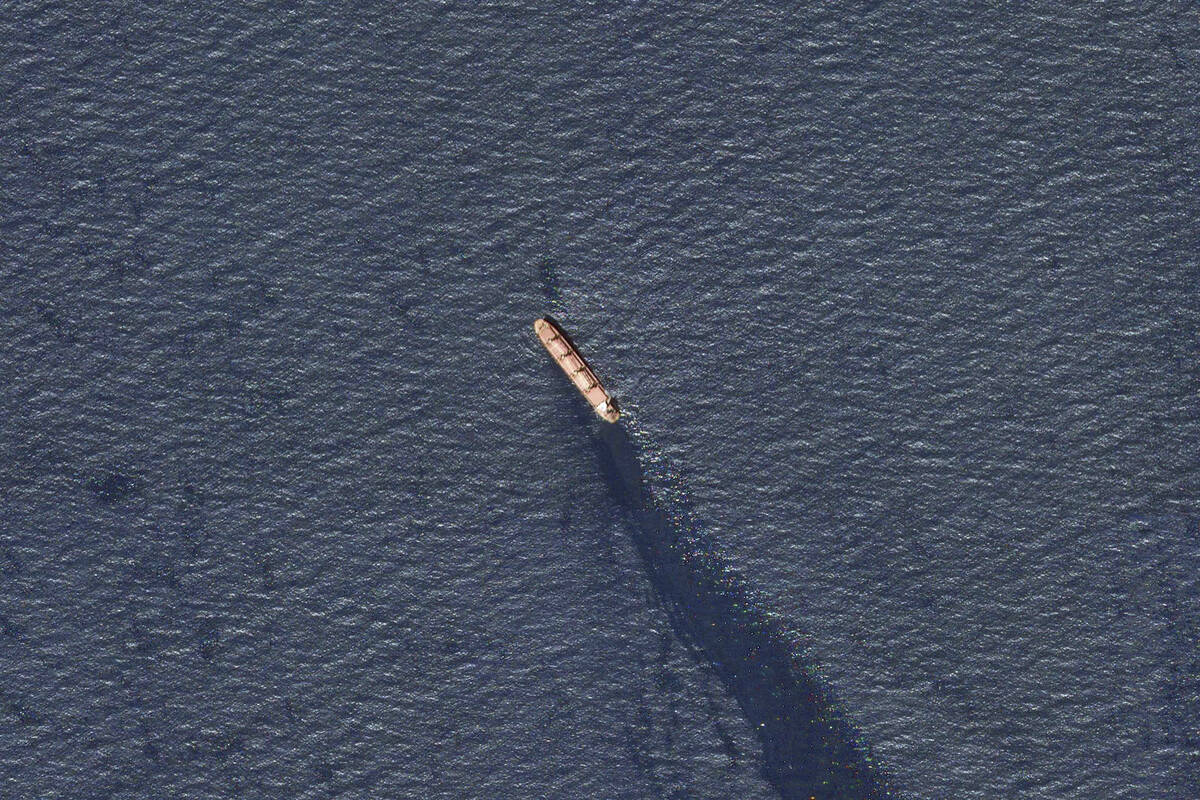Yemen’s Houthis can still fight despite US-led airstrikes
DUBAI, United Arab Emirates — Despite a month of U.S.-led airstrikes, Yemen’s Iran-backed Houthi terrorists remain capable of launching significant attacks. This week, they seriously damaged a ship in a crucial strait and apparently downed an American drone worth tens of millions of dollars.
The continued assaults by the Houthis on shipping through the crucial Red Sea corridor — the Bab el-Mandeb Strait — against the backdrop of Israel’s war on Hamas in the Gaza Strip underscore the challenges in trying to stop the guerrilla-style attacks they have used to hold onto Yemen’s capital and much of the war-ravaged country’s north since 2014.
The Houthis early Tuesday released footage of what they described as a surface-to-air missile bringing down a U.S. MQ-9 Reaper drone off the coast of Hodeida, a Yemeni port city they hold on the Red Sea. The footage included a video of men dragging pieces of debris from the water onto a beach.
Images of the debris, which included writing in English and what seemed to be electrical equipment, appeared to correspond to known pieces of the Reaper, usually used in attack missions and surveillance flights. A U.S. defense official acknowledged Tuesday an MQ-9 “crashed off the coast of Yemen,” without elaborating.
On Monday, both the Houthis and Western officials acknowledged one of the most serious attacks on shipping launched by the terrorists. The Houthis targeted the Belize-flagged bulk carrier Rubymar with two anti-ship ballistic missiles, and one struck the vessel, the U.S. military’s Central Command said.
The Rubymar, which reported problems with its propulsion in November, apparently became inoperable, forcing her crew to abandon the vessel.
Houthi military spokesman Brig. Gen. Yahya Saree claimed on Monday night that the Rubymar sank. However, satellite images from Planet Labs PBC analyzed by The Associated Press showed the Rubymar still afloat at 2 p.m. local time Tuesday just north of the Bab el-Mandeb. A large oil slick trailed the vessel.
The U.S. shot down 10 bomb-carrying Houthi drones, as well as a cruise missile heading toward the Arleigh Burke-class destroyer USS Laboon over the last day, Central Command said Tuesday. The U.S. military also conducted strikes targeting a Houthi surface-to-air missile launcher and a drone prior to its launch.
The European Union has launched its own campaign to protect shipping, with member France saying on Tuesday that it shot down two Houthi drones overnight in the Red Sea.
So far, no U.S. sailor or pilot has been wounded by the Houthis since America launched its airstrikes targeting the terrorists in January. However, the U.S. continues to lose drones worth tens of millions of dollars and fire million-dollar cruise missiles to counter the Houthis, who are using far cheaper weapons that experts believe largely have been supplied by Iran.
Based on U.S. military statements, American and allied forces have destroyed at least 73 missiles of different types before they were launched, as well as 17 drones, 13 bomb-laden drone boats and one underwater explosive drone over their monthlong campaign, according to an AP tally. Those figures don’t include the initial Jan. 11 joint U.S.-U.K. strikes that began the campaign. The American military also has shot down dozens of missiles and drones already airborne since November.
The Houthis haven’t offered much information regarding their losses, though they’ve acknowledged at least 22 of their fighters have been killed in the American-led strikes. Insurgent forces including the Houthis and allied tribes in Yemen number around 20,000 fighters, according to the International Institute for Strategic Studies. They can operate in small units away from military bases, making targeting them more difficult.
The Houthis may view the costs as balanced by their sudden fame within the Arab world.
If the Houthi attacks continue, it could force the U.S. to intensify and widen its counterattacks across an already volatile Mideast.



